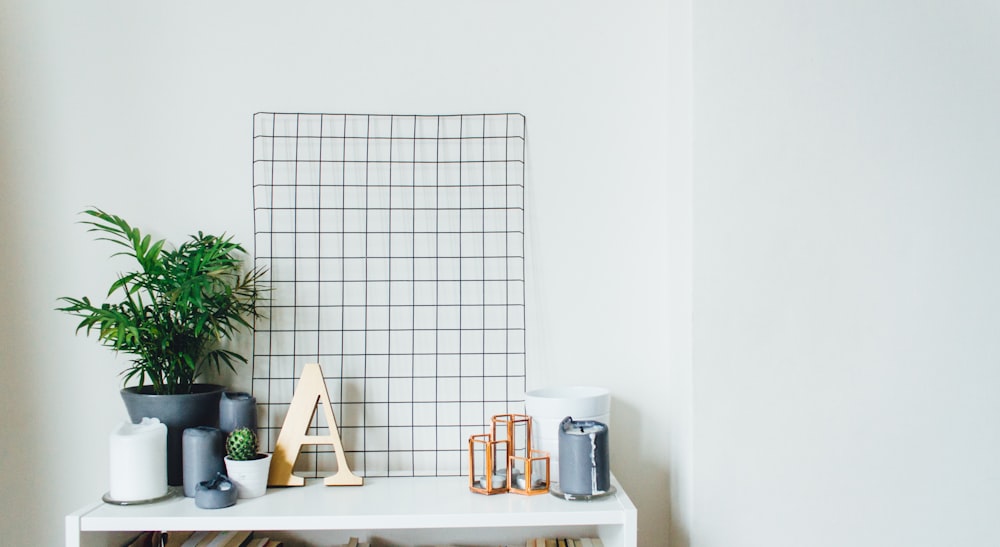Understanding the Importance of Home Insulation
Home insulation is a critical aspect of maintaining energy efficiency and comfort within your living space. Proper insulation helps to regulate indoor temperatures, reduce energy consumption, and lower utility bills. By understanding the importance of insulation, homeowners can take proactive steps to improve the efficiency of their homes and create a more comfortable living environment.
Evaluating Your Current Insulation
Before implementing any insulation upgrades, it’s essential to assess the current insulation levels in your home. Start by inspecting your attic, walls, floors, and basement to determine the type and condition of insulation present. Look for signs of wear, damage, or inadequate coverage, such as drafts, uneven temperatures, or high energy bills. This evaluation will help identify areas that may require additional insulation or improvements.
Choosing the Right Insulation Materials
Selecting the appropriate insulation materials is crucial for maximizing efficiency and performance in your home. There are various types of insulation available, including fiberglass, cellulose, spray foam, and rigid foam boards, each with its own set of benefits and considerations. Factors such as R-value, moisture resistance, fire safety, and installation requirements should be taken into account when choosing insulation materials to ensure optimal results.
Focusing on Attic Insulation
The attic is one of the most critical areas to insulate in a home, as it is a primary source of heat loss and gain. Insulating the attic helps to create a thermal barrier between the conditioned living space and the outside environment, preventing hot air from escaping in the winter and heat from infiltrating in the summer. Adding or upgrading attic insulation can significantly improve energy efficiency and comfort levels throughout the home.
Sealing Air Leaks and Drafts
In addition to insulation, it’s essential to address air leaks and drafts to maximize energy efficiency and comfort in your home. Common sources of air leakage include gaps around windows and doors, electrical outlets, plumbing penetrations, and attic access points. Seal these gaps with caulk, weatherstripping, or spray foam to prevent air infiltration and improve the effectiveness of insulation.
Insulating Walls and Floors
Insulating exterior walls and floors can further enhance energy efficiency and comfort in your home. Depending on the construction and layout of your home, options for insulating walls may include blown-in cellulose or fiberglass insulation, spray foam insulation, or rigid foam board insulation. Insulating floors above unconditioned spaces like crawlspaces or garages can also help prevent heat loss and improve comfort levels indoors.
Considering Windows and Doors
While not technically insulation, upgrading to energy-efficient windows and doors can complement insulation efforts and further enhance energy efficiency in your home. Look for windows and doors with low-E coatings, multiple panes, and insulated frames to reduce heat transfer and improve thermal performance. Proper installation and weatherstripping are also essential for minimizing air leakage around windows and doors.
Evaluating Additional Insulation Opportunities
In addition to traditional insulation methods, homeowners can explore alternative insulation opportunities to improve energy efficiency and comfort in their homes. This may include insulating ductwork, sealing and insulating recessed lighting fixtures, and adding insulation to garage doors or basement walls. By addressing these additional areas, homeowners can achieve comprehensive insulation coverage and maximize energy savings.
Implementing Proper Installation Techniques
Proper installation is crucial for the effectiveness and performance of insulation in your home. Whether DIY or hiring a professional contractor, it’s essential to follow manufacturer guidelines and best practices for installation to ensure optimal results. Proper sealing, placement, and coverage are key factors that can affect the overall efficiency and longevity of insulation in your home.
Monitoring Energy Usage and Performance
Once insulation upgrades are complete, it’s essential to monitor energy usage and performance to evaluate the effectiveness of your efforts. Keep track of energy bills, indoor temperature fluctuations, and comfort levels throughout your home to identify any areas for improvement or adjustment. Regular maintenance and periodic inspections can help ensure that insulation continues to perform optimally over time. Read more about best ways to insulate your home



